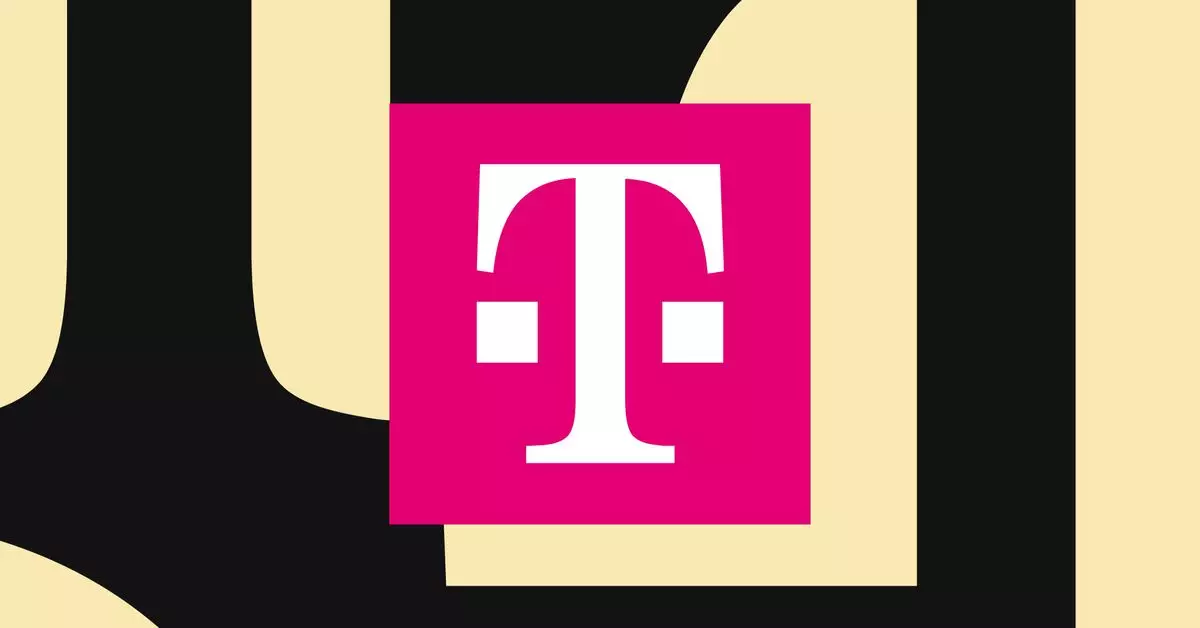In an era where natural disasters increasingly disrupt communication, innovative technological solutions are vital for ensuring public safety. The Federal Communications Commission (FCC) has recently granted a temporary green light to SpaceX and T-Mobile to roll out direct-to-cell service through Starlink satellites for areas ravaged by Hurricane Helene. This initiative stands as a beacon of hope, particularly in regions like North Carolina, where traditional communication infrastructures have been severely compromised.
Restoration of Connectivity Amidst Chaos
Following the tumultuous aftermath of Hurricane Helene, which induced catastrophic flooding and left extensive “blackout zones” across southeastern states, the need for reliable communication became critical. The newly activated Starlink satellites have commenced broadcasting emergency alerts that are accessible to cell phone users across all networks in North Carolina. Such efforts not only symbolize a technological leap but also represent a proactive measure to safeguard lives during emergencies. Furthermore, a trial run of basic texting capabilities is expected to enhance the survival strategies of residents in the affected areas.
Understanding Satellite Communication Limitations
Despite the promising advancements, it is essential to understand the limitations surrounding SpaceX’s direct-to-cell technology. As the constellation of satellites has yet to achieve full deployment, users can only expect service on a “best-effort basis.” This points to the inherent challenges of satellite communication, especially in a disaster context where demand for connectivity spikes dramatically.
Charts released by the FCC highlight an encouraging improvement in communication systems post-Hurricane Helene; however, significant outages remain, underscoring the fragility of networks in disaster situations. The landscape is further complicated by the contention from established telecom giants like AT&T and Verizon. They have expressed concerns that the signals emitted from the Starlink satellites could potentially interfere with their cells, consequently creating a tension-filled environment that could hinder progress. The need for cooperative dialogue among providers is crucial to overcoming these technical hurdles.
Looking forward, the collaboration between SpaceX and T-Mobile could lay the groundwork for a transformative approach to crisis communications. With the lessons learned from Hurricane Helene, it is clear that direct-to-cell technology holds the potential to revolutionize communication not just in local emergencies, but on a global scale. As the satellite constellation expands and technology evolves, the aim is to create a more resilient and responsive communication network that can withstand the challenges posed by natural disasters.
While immediate challenges remain, the initiative undertaken by SpaceX and T-Mobile could very well set a precedent for future technologies in emergency communications, paving the path for a more interconnected and secure world.

